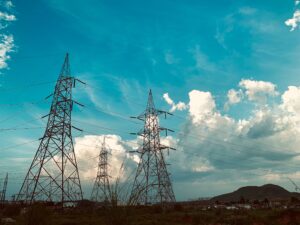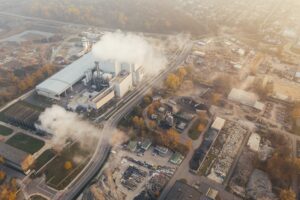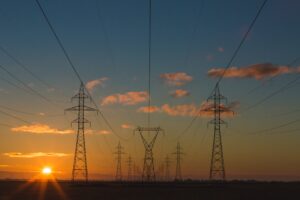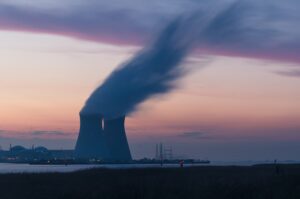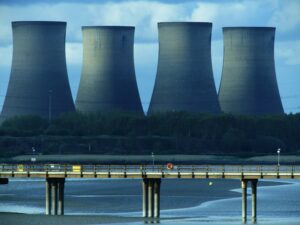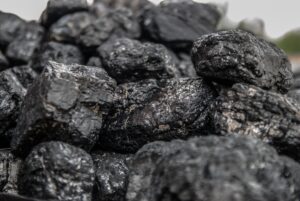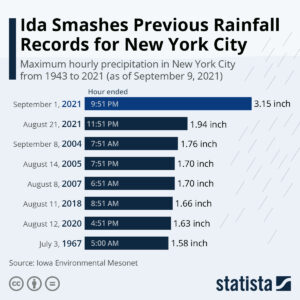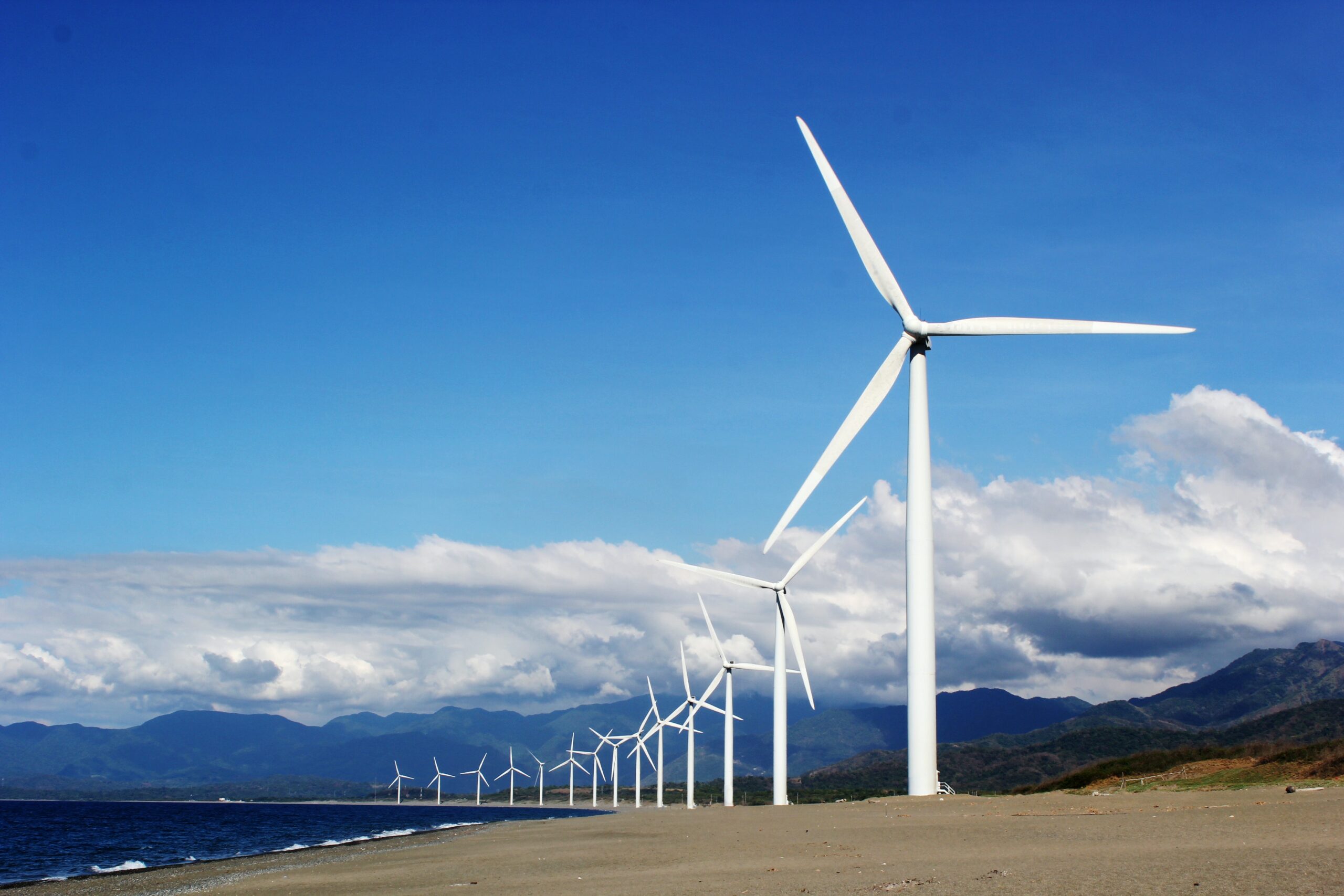587 item(s) were returned.
Senior Fellow, Energy
R Street
Competition in Electric Power—What Does the Record Say? About 25 years ago the electric power industry was deep into debates over competition and monopoly. For most of the last century, nearly everyone agreed that monopoly was not only natural but even desirable in electric power as long as regulators ensured that the benefits of monopoly were shared with consumers. Toward the end of the century, the conventional view was under challenge—rates were rising, the industry had seen a few major blackouts and technological growth stalled. Dissatisfaction with the regulated electric power industry was intensified by the apparent success of deregulatory… [more]
View InsightCEO and Founder
ALLY Energy
When leaders from across our industry gathered recently for the Energy Workforce of the Future Summit, we agreed on the biggest task facing us: building the workforce to power the energy transition. This isn’t just the most important challenge in our sector, it’s one of the most important challenges in the country and across much of the world. More than ever, society needs us to build a bridge to a new low-carbon era, filled with all forms of energy through top quality, rewarding, well-paying jobs. Now, those who have long been left out of the industry want to finally have… [more]
View InsightResident Senior Fellow, Energy
R Street
There is an increasing disconnect between the sort of climate objectives that are advocated for politically (1.5 degrees Celsius, net-zero emissions by 2050, etc.) and the feasibility of achieving a massive global clean energy transition within the ever-shrinking carbon budget. This widening gap is reflected in seminal “transition scenarios” like the International Energy Agency’s (IEA) Net-Zero Emissions Report, or the International Renewable Energy Agency’s (IRENA) 1.5 Pathway report attempting to lay out a roadmap to these hoped-for climate objectives. The kicker is that these studies can’t make the math work without leaning heavily on huge amounts of carbon capture that… [more]
View InsightElectricity Transmission Research Manager
Niskanen Center
The Inflation Reduction Act (IRA) invests $369 billion in climate and energy security, including tax credits for clean energy generation. Despite the hefty price tag, it does little to fix how we build the energy infrastructure needed to bring generated power to consumers. The IRA and 2021’s bipartisan infrastructure law combined constitute just a fraction of the policy changes we need for a clean energy economy. Lack of necessary transmission is already a bottleneck in bringing more clean energy online and has catastrophic consequences in extreme weather. Without more interstate transmission, decarbonization will be slower and more expensive. We must… [more]
View InsightDirector of Global Nuclear Energy Strategy
Clean Air Task Force
Once again, the Atlantic hurricane season has demonstrated the impacts of climate change. Hurricane Ian made landfall in Florida as a category 4 storm in late September. It rapidly intensified to a “500-year flood event,” per Florida Governor Ron DeSantis, leveling communities, leaving millions without power, killing an untold number of people, and likely leaving behind billions of dollars in property damage. This follows a year of droughts, wildfires, and unrelenting heat. Clearly, the climate crisis is here. But we have answers to that crisis if we are willing to use them. Governments at all levels are already working towards… [more]
View InsightFounder & CEO
The Idea Logical Company, Inc.
The global heating catastrophe being fostered by humanity’s proclivity to burn fossil fuels for energy is an emergency. An all-hands-on-deck emergency. An employ-every-tool-in-the-toolbox emergency. Despite that, a myth persists that blocks humankind’s use of the most powerful possible energy source that won’t add to the CO2 load. The energy source being vastly underemployed is nuclear. And the myth that stands in the way, so widely accepted as truth, is that “nuclear power is dangerous.” The acceptance of this four-word declarative statement as truth is pretty widespread. People’s fears about nuclear energy emerged in the 1970s due to misinformation and media… [more]
View InsightSenior Researcher
Ohio River Valley Institute
Rural Centralia, Washington, and surrounding Lewis County have long struggled economically. From 1998 to 2014 the county added no jobs. The town’s largest employer, a coal mine, which employed 600 workers, closed in 2006. And operations at its other major employer, a coal-fired power plant have been reduced by half as the plant works toward a planned retirement in 2025. As these events unfolded, they seemed like an economic death sentence to many in Centralia. But fate intervened. The mine’s and power plant’s owner, TransAlta Corporation, struck a deal with the state of Washington and environmental groups to fund an… [more]
View InsightPresident
The Stella Group, LTD
The year 2021 has already outpaced 2020 in terms of extreme weather events. On the anniversary of Hurricane Katrina, Hurricane Ida left more than 1 million residents without power for days and led to historic rain in New York City. In February, Texas was hit with a historic -2 degree (F) cold snap that left 4.4 million people without power, caused enormous strain on the power grid, and froze pipelines. At least 217 people were killed directly or indirectly by severe cold, and the damages are estimated to be about $21 billion. This year, California faces the triple threat of wildfire… [more]
View InsightA federal Clean Energy Standard has been proposed as a policy approach to help meet climate change goals. The Biden Administration and some members of Congress are seeking to include it in budget reconciliation, and three variations of the policy have been introduced in Congress. The policy seeks to drive electric power generation to net-zero carbon emissions by requiring utilities to include more clean energy over time. Standards like this already exist in 30 states as renewable portfolio standards. Because of the similarities, many policy analysts believe a federal clean energy standard would be easy to implement. It would also… [more]
View InsightExperts have stated that we will need to use every tool at our disposal as well as create and deploy new energy technologies in order to meet the targets proposed in climate legislation. There are concerns that new solutions aren’t being advanced fast enough due to policy and financial barriers as well as the technological challenges inherent in innovation. OurEnergyPolicy hosted a webinar on June 2, 2021, to explore these questions and provide energy professionals with a better understanding of innovation and its role in the energy transition. The panelists provided expertise on innovation with perspectives from government, finance, and… [more]
View Insight